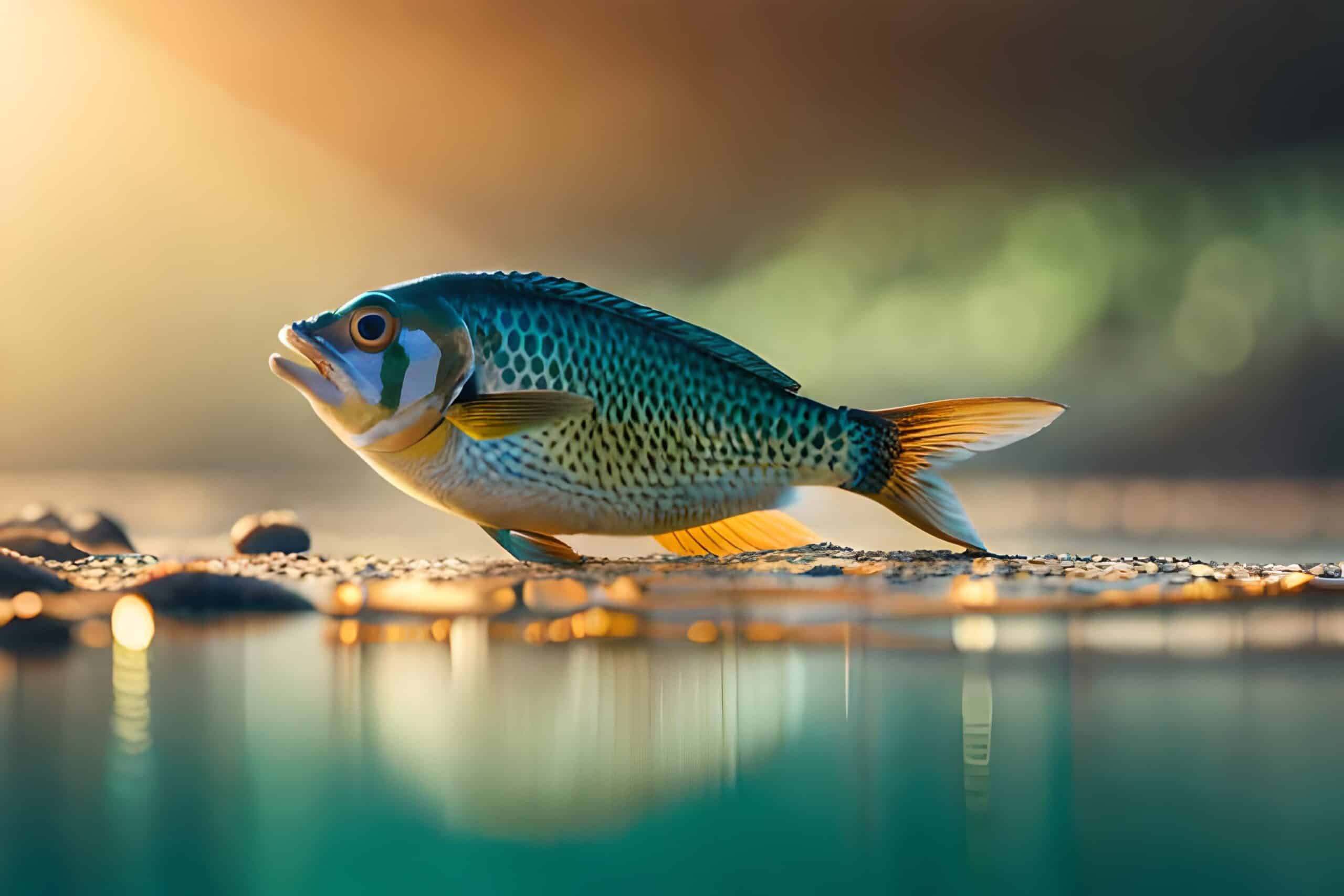Do Fish Prefer Live or Dead Bait?
Key Takeaways
- Live bait tends to attract bigger fish compared to artificial lures because of its realistic movement.
- Live bait requires minimal preparation, emits a strong scent, and can be used to attract a variety of fish species.
- Dead bait can be an effective alternative when live bait is not available or in specific water conditions, especially in clear or dark-colored water.
When it comes to fishing, one of the key decisions anglers face is whether to use live bait or dead bait. The debate between live bait and dead bait has been ongoing for a long time, with passionate arguments on both sides. So, do fish prefer live or dead bait? Let’s explore the advantages of each and determine which option may be more effective in different fishing scenarios.
Advantages of Live Bait
Live bait offers several advantages that make it a popular choice among anglers. Firstly, it tends to attract bigger fish compared to artificial lures. The natural movement of live bait, whether it’s worms, minnows, or insects, is more realistic, making it highly enticing to fish. This lifelike movement can result in increased bites and ultimately lead to a successful catch.
Moreover, live bait requires minimal preparation and can be used directly without rigging, making it easier to use, especially for beginners. Additionally, live bait emits a strong scent that can be detected by fish from greater distances. The scent attraction, combined with the realistic movement, increases the chances of a strike.
Another advantage of live bait is its versatility. Different types of live bait can be used to attract a variety of fish species, making it suitable for various fishing environments, from shallow streams to larger lakes. Furthermore, live bait mimics the natural prey of fish, providing a natural presentation that is more likely to entice them to bite.
Lastly, properly prepared and stored live bait can have a longer lifespan, allowing for extended fishing sessions. This can be beneficial when spending long hours on the water, increasing the chances of a successful catch.
Advantages of Dead Bait
While live bait offers numerous advantages, dead bait also has its merits. Dead bait can be a good alternative when live bait is not available or prohibited. It has a stronger scent compared to live bait, which can attract certain predator fish like catfish and zander. In situations where live bait is not feasible, dead bait can still be an effective option.
Moreover, dead bait can be advantageous in specific water conditions. It is especially useful in clear and dark-colored water, where the visibility of live bait may be compromised. The strong scent of dead bait can compensate for the lack of visibility and still attract fish to strike.
Finding the Right Bait for the Situation
Ultimately, the choice between live bait and dead bait depends on the specific fishing situation and the preferences of the angler. Live bait is generally preferred by anglers due to its realistic movement, strong scent attraction, and versatility. However, dead bait can be a successful alternative when live bait is not available or in certain water conditions.
It’s important for anglers to consider factors such as the target fish species, water conditions, and local regulations when deciding on the type of bait to use. Experimenting with both live and dead bait in different situations can help determine which option yields the best results.
Remember, fishing is not an exact science, and what works in one scenario may not work in another. It’s essential to adapt and be open to different bait options to increase the chances of a successful catch.
Conclusion
In conclusion, the question of whether fish prefer live or dead bait does not have a definitive answer. Both options offer advantages that can lead to successful fishing experiences. Live bait attracts bigger fish, moves realistically, and mimics natural prey, while dead bait is a good alternative when live bait is not available or in certain water conditions.
Ultimately, the choice between live and dead bait is subjective and dependent on the specific fishing situation. Anglers should consider the target fish species, water conditions, and personal preferences when making their decision. Trying out different bait options and adapting to each fishing scenario is key to improving fishing success.
Related Websites:
FAQs:
Q: Do fish prefer live or dead bait?
Fish generally prefer live bait due to its natural movement, lifelike appearance, and ability to excite predatory instincts, leading to more bites.
Q: What are the benefits of using live bait in fishing?
Live bait offers advantages such as mimicking real prey with natural movement and scent, attracting fish with its lifelike appearance and behavior, and increasing the chances of getting more bites.
Q: Why do some anglers opt for dead bait?
Anglers choose dead bait for its longer shelf life and easier storage compared to live bait, as well as requiring less maintenance and preparation time. Dead bait is also suitable for certain fishing techniques or specific target species.
Q: What factors influence fish preferences for live or dead bait?
Fish preferences for live or dead bait vary based on the species of fish being targeted, fishing location and conditions, as well as the time of year and water temperature.
Q: How can I determine the best bait for different fishing scenarios?
To select the best bait, you can research the preferred diet of the target fish species, consult local anglers or fishing guides for advice, and try different bait options to gauge fish response.
Q: What is the role of trial and error in bait selection?
Trial and error is important in finding the most effective bait. Keep a fishing log to track successful bait choices, adapt bait selection based on fish behavior and response, and learn from personal experience to adjust bait preferences.






